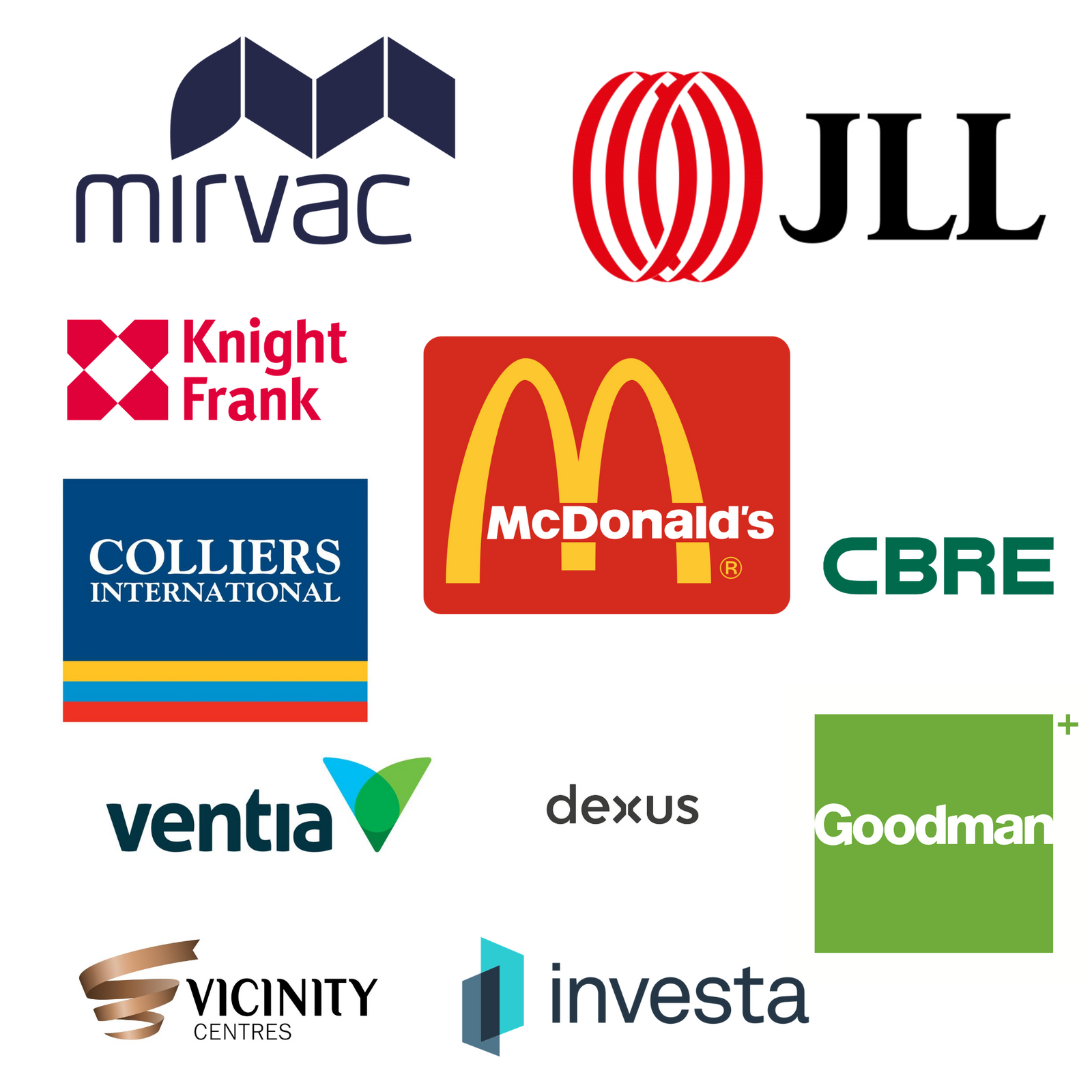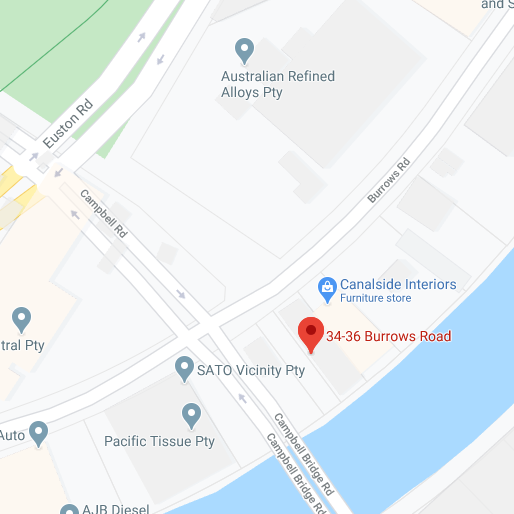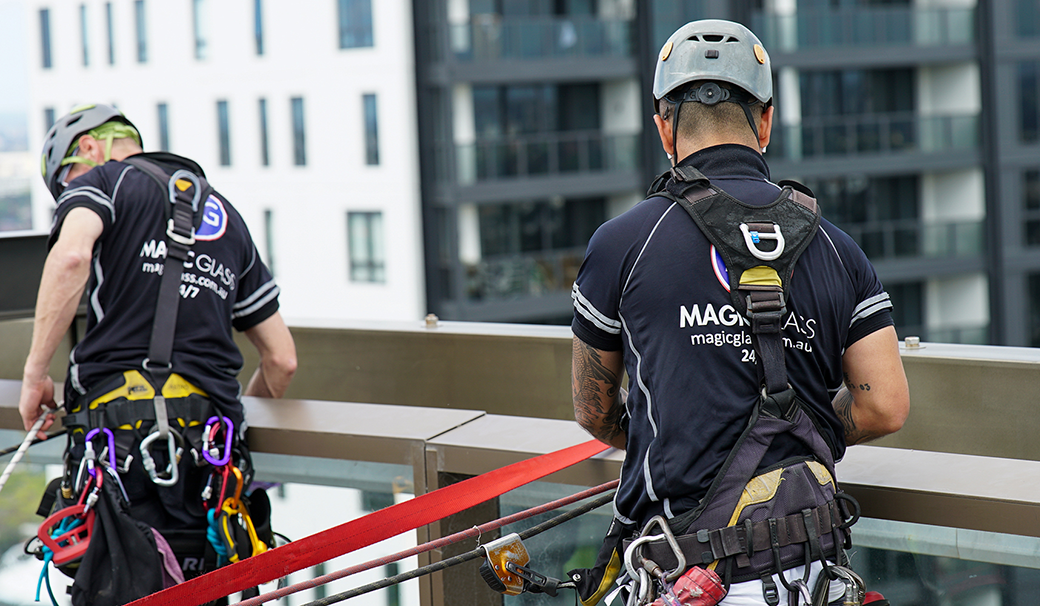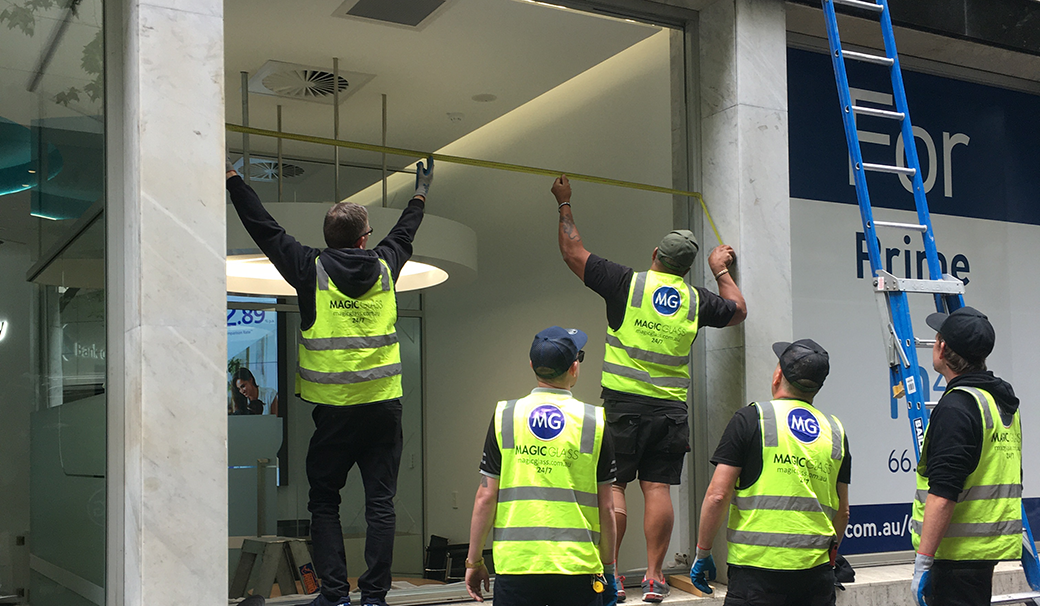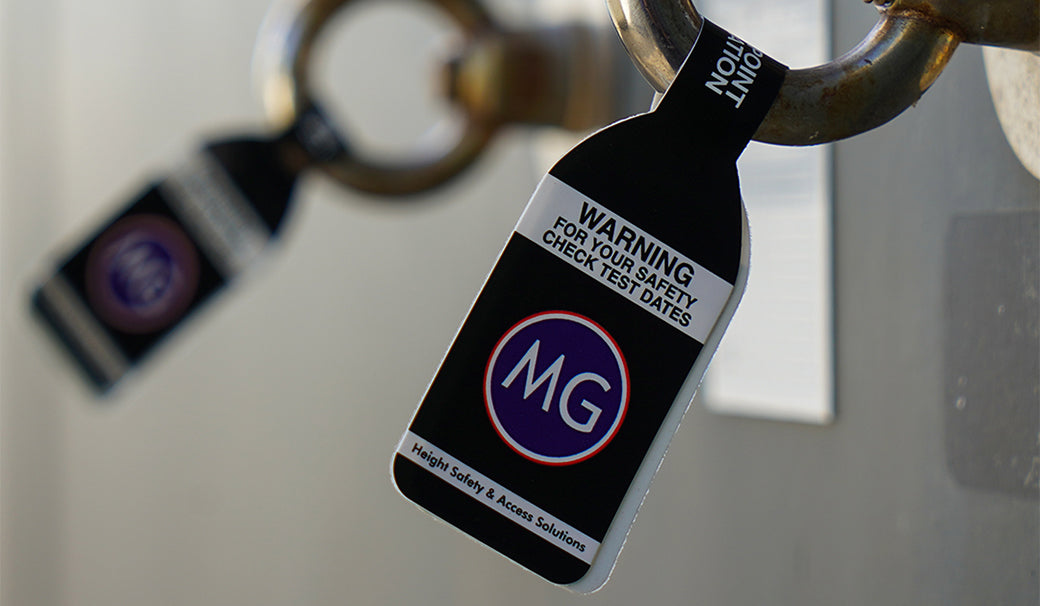
Laminated, toughened, and toughened laminated (or heat strengthened laminated) glass are the main options when it comes to safety glass. Each type has pros and cons, so figuring out which is best for you and your needs is not always a simple task. Fortunately, Magic Glass is here to break it down with our Laminated VS. Toughened Glass guide. Read on to find out more.
Laminated Glass
Laminated glass is made from two sheets of glass with a layer of polyvinyl butyral (PVB) in between them. The PVB holds the glass together, making it very difficult to break and almost impossible to shatter.
Toughened Glass
Toughened glass is manufactured by using a standard piece of glass and applying a process of heating and rapid cooling. This rapid cooling process makes the glass much stronger and resistant to larger forces.
Toughened Laminated Glass
As the name implies, toughened laminated glass combines the manufacturing processes of both toughened and laminated glass. It is produced by heat treating the glass first then laminating 2 layers together with a minimum 1.52 mm interlayer. There are numerous interlayers available which can increase the structural integrity of the glass along with acoustic performance.
Pros of Laminated Glass
There are many benefits of using laminated glass. One benefit is that it is much less dangerous when it is broken. Due to the layer of PVB between the panels, laminated glass is much less likely to shatter and cause injury.
Laminated glass also offers more acoustic and UV protection than standard toughened glass. The PVB layer between the glass panels prevents noise and UV rays from getting in, making it an ideal choice.
Lastly, laminated glass will stay intact with medium impacts. It can resist medium levels of force without breaking.
Cons of Laminated Glass
Unfortunately, there are some drawbacks associated with using laminated glass too. Laminated glass must be selected and installed correctly otherwise it can be susceptible the thermal breakage. Thermal breakage cannot occur in tempered glass.
Pros of Toughened Glass
Toughened glass also presents a number of benefits. It is considerably stronger than laminated glass and is significantly more heat resistant. It also breaks into very small shards if it is broken, which is why it is considered to be much safer than regular glass.
Cons of Toughened Glass
The main drawback of using toughened glass is that it cannot be re-cut once it is installed. This means that making slight modifications (such as installing pet doors) cannot be done without having to replace the entire glass panel.
Toughened glass is also more expensive than some laminated glass, so it is not always a viable option.
Pros of Toughened Laminated Glass
As previously mentioned, toughened laminated glass can be manufactured with a number of different interlayers. These interlayers can add structural and functional advantages to the glass.
With a structural interlayer such as SentryGlas Plus (SGP), toughened laminated glass panels can withstand medium levels of force. This makes it safer for the general public and more burglar-proof than other safety glass options, hence why it is a common choice for use in shopfronts and glass awnings.
Cons of Toughened Laminated Glass
Like toughened glass, the main drawback of using toughened laminated glass is that it cannot be re-cut once it is manufactured. Toughened laminated glass is also the most expensive option.
In addition, lead times on manufacturing are approximately 3 times longer than standard toughened glass due to the additional processes required.
Ultimately, determining which safety glass is best for you depends on your requirements. Laminated glass is most commonly used in windows of residential buildings and framed glazing applications.
Toughened glass, on the other hand, is often used in frameless glass applications and where there is close proximity to heat, such as in oven doors.
If you are considering installing any type of glass, we recommend you get in contact with our team. We will be able to help you determine which type is best for you and point you in the right direction when it comes to installation.



